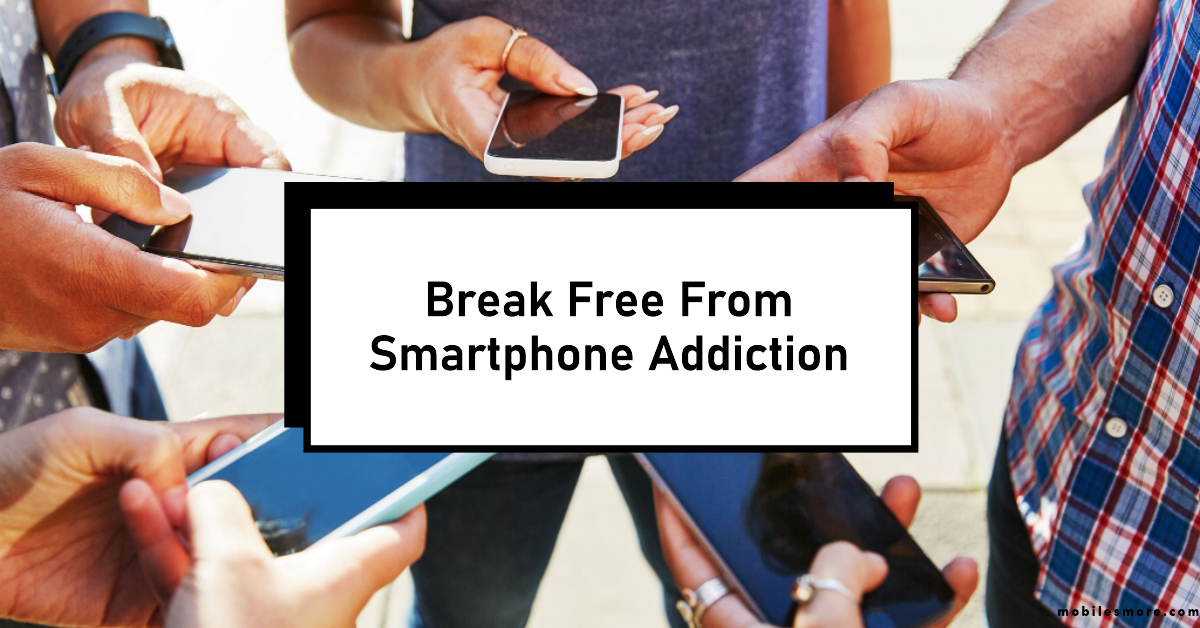In our increasingly digital and interconnected world, smartphones have become an integral part of our daily lives. We use them for communication, information, entertainment, and productivity. But what happens when our reliance on these pocket-sized devices turns into a full-blown addiction? In this blog post, we’ll explore the signs of smartphone addiction and offer practical solutions to regain control over our digital lives.
The Smartphone Revolution: A Double-Edged Sword
Smartphones have undoubtedly transformed the way we live, work, and communicate. They put a world of information at our fingertips, connect us with loved ones across the globe, and provide a seemingly endless array of apps and entertainment. However, this convenience comes with a downside: the potential for addiction.
Signs of Smartphone Addiction:
Smartphone addiction, also known as nomophobia (the fear of being without a mobile device), can manifest in various ways. Here are some common signs to watch for:
1. Constant Device Use: One of the most apparent signs is the constant use of a smartphone, even in situations where it’s inappropriate or unnecessary. This includes using your phone during meals, meetings, or while driving.
2. Neglecting Responsibilities: If your smartphone use interferes with your daily responsibilities, such as work, school, or household chores, it’s a clear indication of addiction.
3. Obsessive Social Media Checking: Excessive checking of social media platforms, often without any real purpose, is a common sign. It’s easy to lose track of time while scrolling through endless feeds.
4. Anxiety When Apart: Feeling anxious or agitated when your smartphone is out of reach or the battery is low is a strong indicator of smartphone addiction.
5. Sleep Disturbance: The blue light emitted by smartphones can disrupt sleep patterns. If you find it challenging to put your phone down before bedtime, it can be a sign of addiction.
6. Neglecting Real-Life Relationships: When your smartphone use causes you to neglect face-to-face interactions with friends and family, it’s a significant red flag.
7. Declining Productivity: Reduced productivity at work or in your personal life due to smartphone distractions is a clear sign of addiction.
Solutions for Smartphone Addiction:
If you recognize any of these signs in your own behavior or someone you know, it’s essential to take steps to regain control and establish a healthier relationship with your smartphone. Here are some practical solutions:
1. Awareness and Self-Assessment:
The first step in overcoming smartphone addiction is acknowledging it. Take an honest look at your smartphone use, identify problematic patterns, and understand how it’s affecting your life. Awareness is the key to change.
2. Set Usage Limits:
Establish clear boundaries for your smartphone use. This can include designated “phone-free” times, such as during meals or before bedtime. Enforce these limits to create healthier habits.
3. Disable Unnecessary Notifications:
Limit the constant barrage of notifications that pull you back into your smartphone. Turn off non-essential alerts and keep only those that are genuinely important.
4. Digital Detox Days:
Designate specific days or hours as “digital detox” periods, during which you consciously disconnect from your smartphone and engage in real-world activities.
5. Organize and Prioritize Apps:
Arrange your smartphone’s home screen to feature essential and productive apps while placing time-wasting or addictive apps in folders or on secondary screens. This simple step can help reduce the temptation to open certain apps mindlessly.
6. Practice Mindfulness:
Mindfulness techniques, such as meditation and deep breathing exercises, can help you become more aware of your smartphone use and break the cycle of addiction.
7. Find Offline Activities:
Engage in offline activities that genuinely interest you, whether it’s a hobby, sport, or spending time with loved ones. Replace screen time with these fulfilling experiences.
8. Seek Support:
If you find it challenging to control your smartphone use on your own, don’t hesitate to seek support from friends, family, or a mental health professional. Support networks can provide guidance and encouragement.
9. Utilize Smartphone Features:
Interestingly, your smartphone can also assist in combating addiction. Use features like screen time tracking and app usage reports to monitor and control your smartphone activity.
10. Unplug Regularly:
Consider taking regular breaks from your smartphone. This could be a weekend getaway without devices, a daily walk without your phone, or simply powering off during specific hours.
Conclusion: Balancing the Digital Age
Smartphones are powerful tools that can enrich our lives, but unchecked addiction can have the opposite effect, leading to stress, anxiety, and a disconnection from the real world. Finding the right balance between technology and life is a personal journey that requires self-awareness and consistent effort.
By recognizing the signs of smartphone addiction and implementing practical solutions, you can regain control over your digital life and cultivate a healthier, more fulfilling relationship with your smartphone. Remember, it’s not about eliminating smartphone use entirely but rather using it mindfully and purposefully to enhance your life rather than hinder it.

